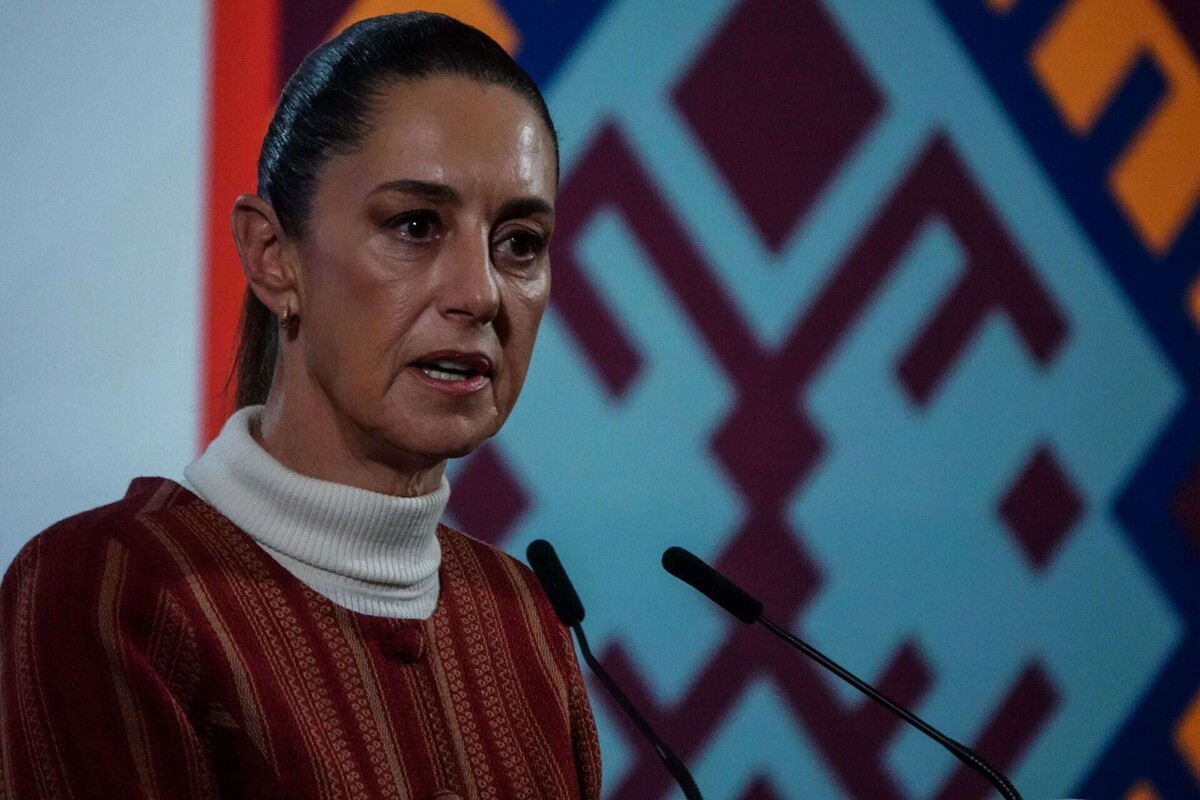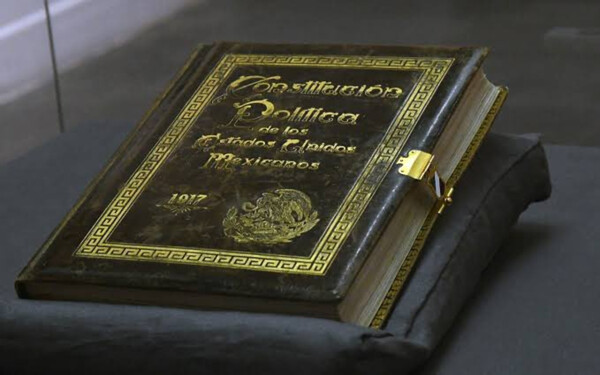
The Political Constitution of Mexico has reached 108 years since it was promulgated by Venustiano Carranza and has undergone 841 reforms, according to constitutionalist Francisco Burgoa. Over time, presidents and lawmakers have modified the Constitution to adapt it to the needs of each era and Mexican society.
Only 20 articles of the Constitution have not been altered since 1917, which has prompted proposals from political bodies to convene a Constituent Congress and replace the document that has characterized Mexico for more than a century.
Some in the political class argue for the need for a new constitution that reflects the current political situation and closes the neoliberal era, marking the fourth transformation. However, it is suggested that the current regime does not require a new constitutional document.
The reform efforts of presidents such as Felipe Calderón, who made 36 changes to the constitution, and Carlos Salinas de Gortari, who modified it 15 times, are noteworthy. These changes included significant fiscal, labor, and structural reforms, such as the relationship between church and state.
The Ship of Theseus paradox presents the philosophical dilemma of renewal over time: if something is renewed, does it remain the same in essence or is it completely new? This paradox correlates with the need to maintain identity through necessary changes.
With majorities in both Chambers, the Morena party opts for specific reforms to the Constitution instead of a new one, aiming to adapt it to current demands and preserve its essence as the fundamental norm of the Constitutional Democratic Republic of Mexico. It is everyone's responsibility to interpret and respect the Constitution to ensure its relevance and effectiveness in the life of the nation.














